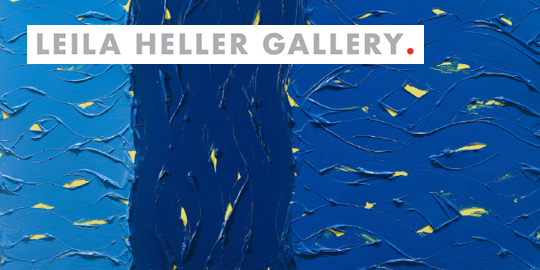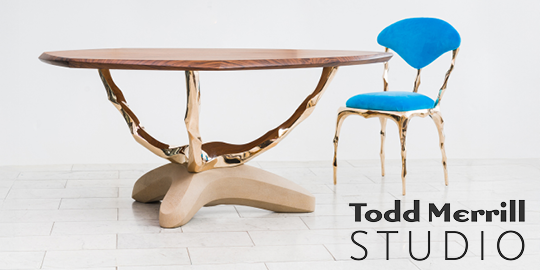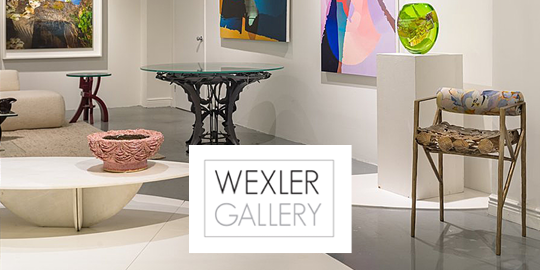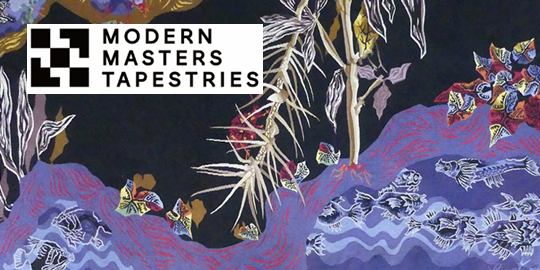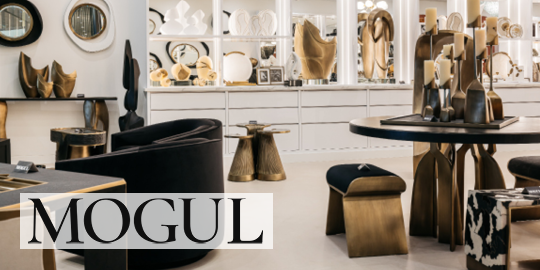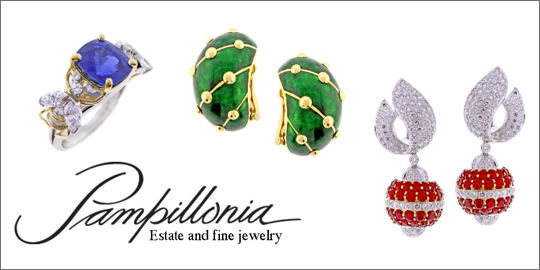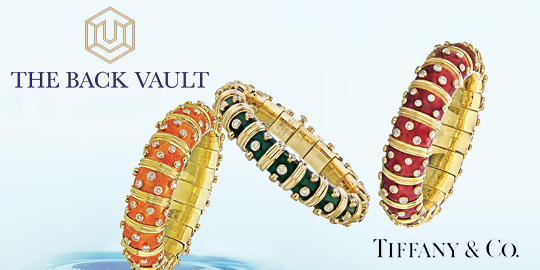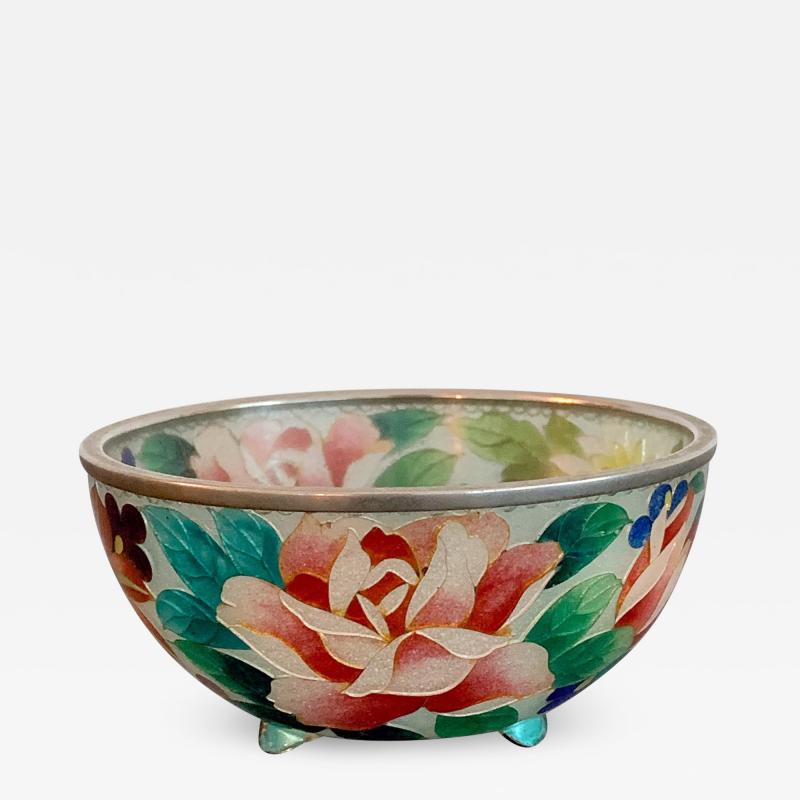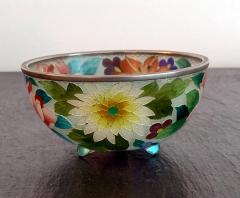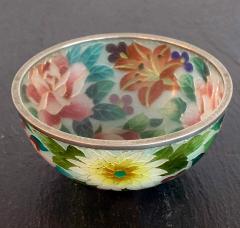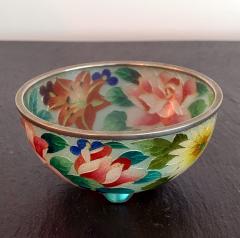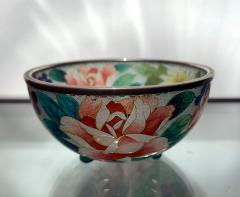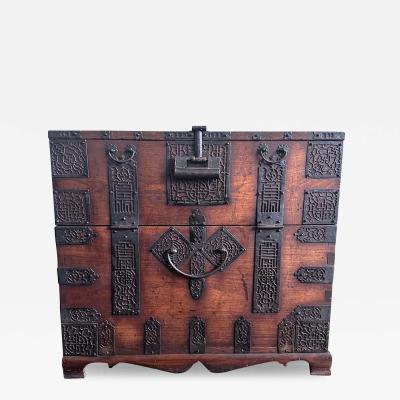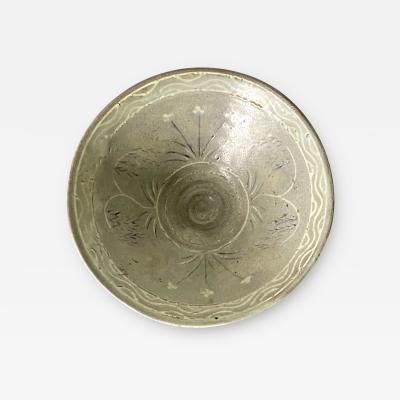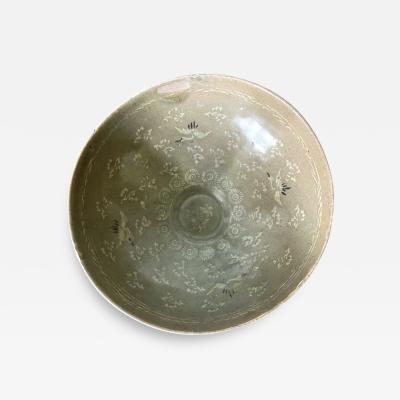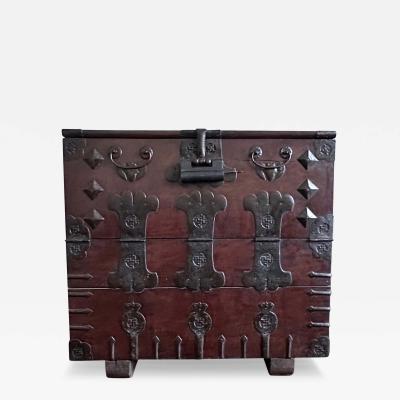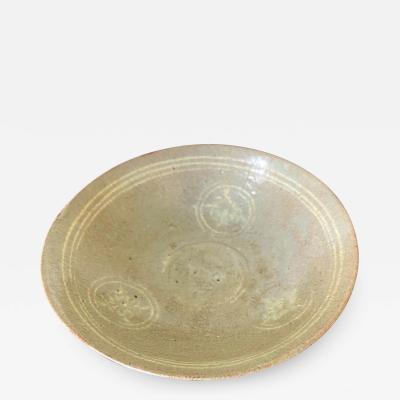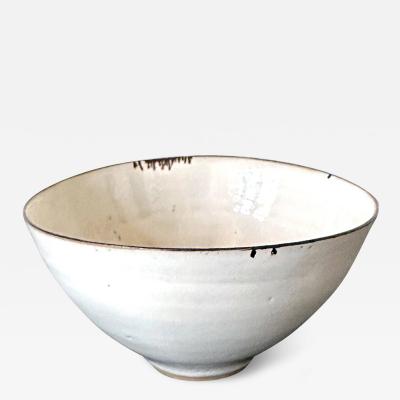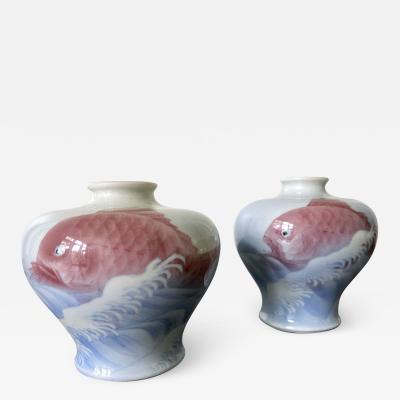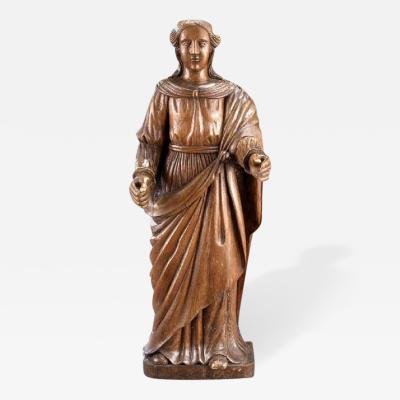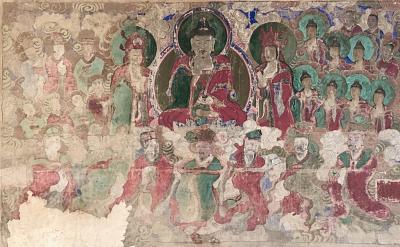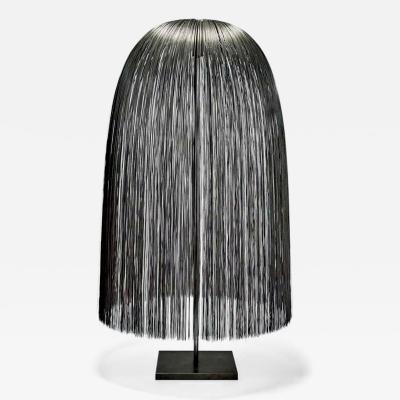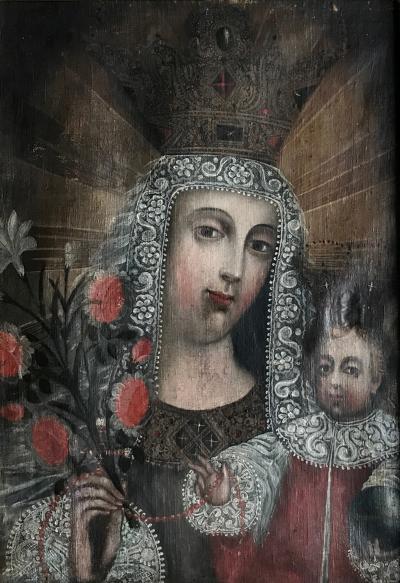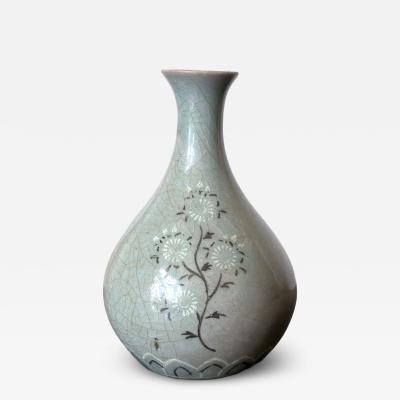An early Japanese Plique-a-jour bowl from Nagoya
-
Description
A small but exquisite plique-a-jour cloisonne bowl from Nagoya area in Japan dated to 1900-20s. Maker's unknown but possibly by Ando company. Very similar pieces can be found in the collection of V&A museum (reference number FE.12-2011 and FE.13-2011) and Ashmolean Museum in Oxford (1990.S). The design on this bowl features roses, day lily, peony and chrysanthemum in foliage. Under the light, it irradiates a translucent beauty that is hard to describe. With silver color metal ring and three feet (not marked as silver), the bowl has a heavier construction suggesting its earler age compared to the other two Plique-a-jour pieces we have on offer.
Plique-a-jour was reputedly introduced and further developed in Japan by Ando Jubei (1876-1953) and Kawade Shibatar? (1856–1921), after he saw a French piece in Paris exposition around 1900s. It is known as shotai-jippo, meaning cloisonne without backing (whereby the metal body was dissolved after firing and polishing). The technique is notoriously difficult and labor-intense. It was rarely used to make large piece as the surface tension tends to break the enamel. -
More Information
In the Style of: Ando Jubei Origin: Japan Period: 1900-1919 Materials: enamel and metal Condition: Good. with age patina and minor wear, small nicks on two of the metal feet, not conspicuous. Creation Date: early 20th century Styles / Movements: Cloisonné, Asian, Traditional Incollect Reference #: 311592 -
Dimensions
H. 2 in; Diam. 3.8 in; H. 5.08 cm; Diam. 9.65 cm;
Message from Seller:
Tishu, based in Atlanta, GA, offers a diverse collection ranging from Neolithic art to 20th-century collectibles, with a focus on Mid-century design, Japanese and Korean art, Asian textiles, and Contemporary Aboriginal art. Driven by a passion for timeless beauty, the gallery is open by appointment only and offers works that span 5,000 years of history. Reach them at 305-400-0561 or tishu@tishugallery.com.


